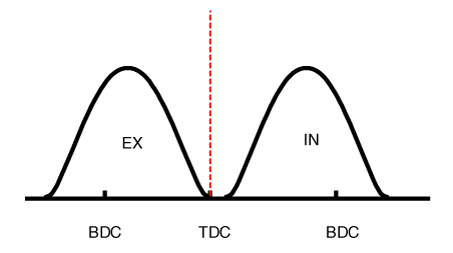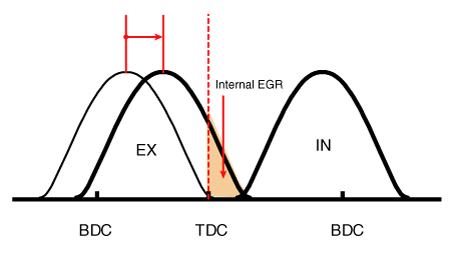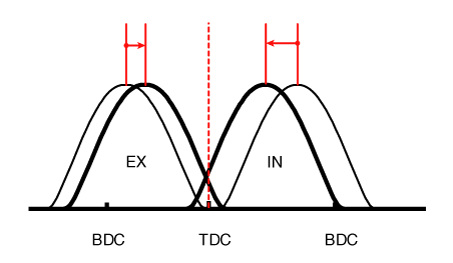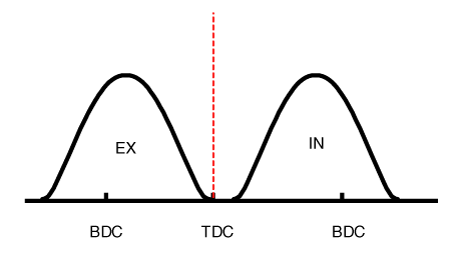Kia Sportage: Exhaust Emission Control System / CVVT (Continuously Variable Valve Timing) System Description and operation
Kia Sportage QL (2015-2025) Service Manual / Emission Control System / Exhaust Emission Control System / CVVT (Continuously Variable Valve Timing) System Description and operation
| Description |
Continuous Variable Valve Timing (CVVT) system advances or retards the valve
timing of the intake and exhaust valve in accordance with the ECM control signal
which is calculated by the engine speed and load.By controlling CVVT, the valve
over-lap or under-lap occurs, which makes better fuel economy and reduces exhaust
gases (NOx, HC) and improves engine performance through reduction of pumping
loss, internal EGR effect, improvement of combustion stability, improvement
of volumetric efficiency, and increase of expansion work.
| [Intake] |
Electric E-CVVT system is electric continuous variable valve timing system.
It is located on the intake camshaft of the engine and uses motor rotation to
control the rotation angle of camshaft relative to the rotation of crankshaft
regardless of engine pressure. E-CVVT controls the DC motor current (duty signal)
to more closely control the system compared to the previous pressure type, to
increase reaction speed of cam, to improve startability, and to reduce the emission
of exhaust gas. Also, operation range of intake valve (valve opening angle)
is expanded. So, the output and fuel efficiency are improved.
| [Exhaust] |
This system consist of the CVVT Oil Control Valve (OCV) which supplies the engine
oil to the cam phaser or runs out the engine oil from the cam phaser in accordance
with the ECM PWM (Pulse With Modulation) control signal which measures the engine
oil temperature, and the Cam Phaser which varies the cam phase by using the
hydraulic force of the engine oil. The engine oil getting out of the CVVT oil
control valve varies the cam phase in the direction (Intake Advance/Exhaust
Retard) or opposite direction (Intake Retard/Exhaust Advance) of the engine
rotation by rotating the rotor connected with the camshaft inside the cam phaser.
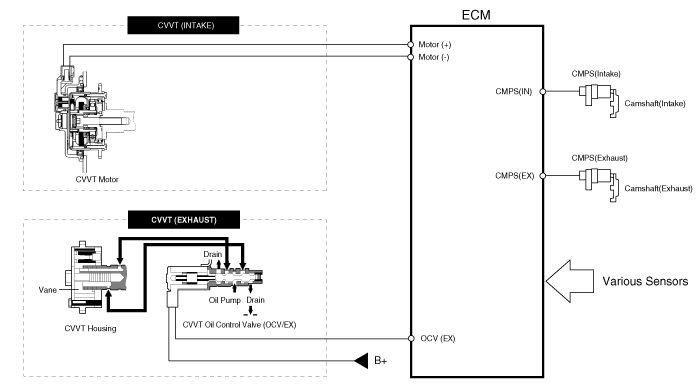
| Operation Principle |
| [Intake] |
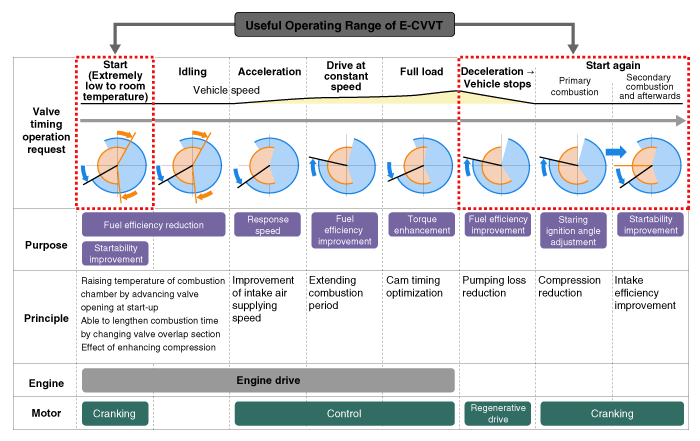
| [Exhaust] |
The CVVT has the mechanism rotating the rotor vane with hydraulic force generated
by the engine oil supplied to the advance or retard chamber in accordance with
the CVVT oil control valve control.
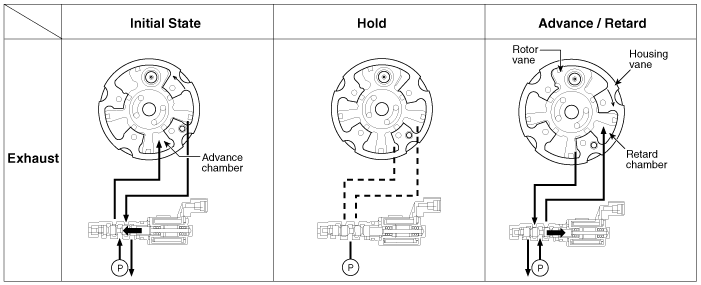
| [CVVT System Mode] |
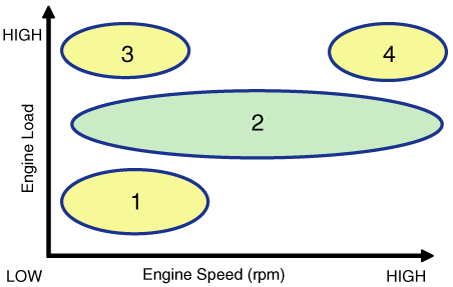
|
(1) Low Speed / Low Load |
(2) Part Load |
|
|
|
|
(3) Low Speed / High Load |
(4) High Speed / High Load |
|
|
|
|
Driving Condition |
Exhaust Valve |
Intake Valve |
||
|
Valve Timing |
Effect |
Valve Timing |
Effect |
|
|
(1) Low Speed/Low Load |
Completely Advance |
* Valve Under-lap |
Completely Retard |
* Valve Under-lap |
|
* Improvement of combustion stability |
* Improvement of combustion stability |
|||
|
(2) Part Load |
Retard |
* Increase of expansion work |
Retard |
* Reduction of pumping loss |
|
* Reduction of pumping loss |
||||
|
* Reduction of HC |
||||
|
(3) Low Speed/High Load |
Retard |
* Increase of expansion work |
Advance |
* Prevention of intake back flow (Improvement of volumetric efficiency)
|
|
(4) High Speed/High Load |
Advance |
* Reduction of pumping loss |
Retard |
* Improvement of volumetric efficiency |
 Catalytic Converter Repair procedures
Catalytic Converter Repair procedures
Removal
WCC
1.
Remove the exhaust manifold.
(Refer to Engine Mechanical System - "Exhaust Manifold")
UCC
1.
R ...
 CVVT (Continuously Variable Valve Timing) System Schematic diagrams
CVVT (Continuously Variable Valve Timing) System Schematic diagrams
Circuit Diagram
E-CVVT motor [Bank1/Intake]
CVVT Oil Control Valve (OCV) [Bank1/Exhaust]
...
Other information:
Kia Sportage QL (2015-2025) Owners Manual: Air bag non-inflation conditions
• In certain low-speed collisions the air bags may not deploy. The air bags are designed not to deploy in such cases because they may not provide benefits beyond the protection of the seat belts in such collisions. • Air bags are not designed to inflate in rear collisions, because occup ...
Kia Sportage QL (2015-2025) Owners Manual: Seat belt - Driver's 3-point system with emergency locking retractor
To fasten your seat belt: To fasten your seat belt, pull it out of the retractor and insert the metal tab (1) into the buckle (2). There will be an audible "click" when the tab locks into the buckle. The seat belt automatically adjusts to the proper length only after the lap belt ...
Copyright © www.ksportagegl.com 2015-2025


